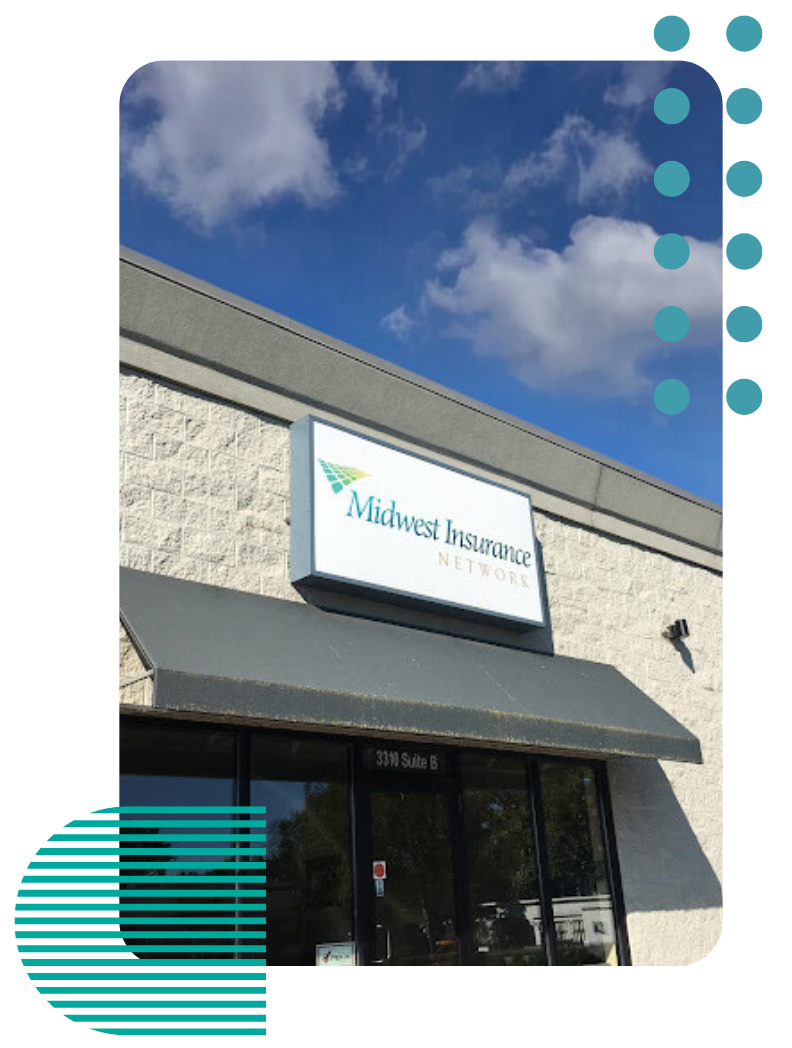Get in touch
419-720-5825
agency@midwest-insure.com
Why Did My Home Insurance Go Up in Ohio (2023)
See How We're Different
or call us: 419-720-5825
If you're a homeowner in Ohio, you may have recently noticed an unwelcome increase in your home insurance premiums. This unexpected jump in costs can leave you wondering why your home insurance rates went up and what factors are influencing these changes. In this article, we will explore the reasons behind the increase and provide you with valuable insights to help you make informed decisions about your insurance coverage.
Understanding the Basics of Home Insurance
Before we dive into the reasons behind the rate hike, let's first establish a solid understanding of home insurance itself. Home insurance is designed to protect your most significant investment - your home. It provides coverage for both your house and its contents against various risks, including theft, vandalism, fire, and natural disasters.
Home insurance policies typically consist of several key components, including dwelling coverage, personal property coverage, liability coverage, and additional living expenses coverage. These components work together to ensure you have comprehensive protection for your property and belongings.
When it comes to home insurance, dwelling coverage is one of the most critical components. It safeguards the structure of your home itself, ensuring that you can rebuild or repair it in the event of a total loss. This coverage extends to the walls, roof, floors, and other structural elements of your house.
Personal property coverage is another essential aspect of home insurance. It protects your belongings, including furniture, appliances, and electronics, from damage or theft. Whether it's a fire that destroys your living room furniture or a burglary that results in the loss of your valuable electronics, personal property coverage provides the financial support needed to replace or repair these items.
Liability coverage is crucial for situations where you may be sued for injury or property damage that occurs on your property. For example, if a guest slips and falls in your backyard and decides to take legal action, liability coverage can help cover the legal expenses and any potential settlement or judgment against you. This component of home insurance offers you peace of mind and protects your financial well-being in case of unforeseen accidents or incidents.
Lastly, additional living expenses coverage is an often overlooked but valuable component of home insurance. In the unfortunate event that your home becomes uninhabitable due to a covered loss, such as a fire or severe storm, this coverage helps with temporary accommodations, meals, and other expenses you may incur while your home is being repaired or rebuilt. It ensures that you and your family can maintain a sense of normalcy during a challenging time.
The Role of Home Insurance
Home insurance plays a vital role in helping homeowners recover financially after unexpected events occur. Whether it's the repair or rebuilding of your home after a fire or replacing stolen belongings, home insurance provides the financial safety net required to bounce back.
Imagine waking up one morning to find that your home has been severely damaged by a fire. The devastation is overwhelming, but with home insurance, you can take comfort in knowing that you have the means to rebuild and restore your home to its former glory. Without this coverage, the financial burden of rebuilding could be insurmountable, leaving you and your family in a difficult situation.
Similarly, if your home is burglarized and valuable items are stolen, home insurance can help replace those belongings. From electronics and jewelry to furniture and appliances, the coverage provided ensures that you don't have to bear the full cost of replacing these items out of pocket.
Moreover, home insurance extends beyond just the physical structure and contents of your home. It also offers liability protection, which is especially crucial in today's litigious society. If someone were to get injured on your property and hold you responsible, the financial consequences could be devastating. However, with liability coverage, you can have the peace of mind knowing that your insurance will handle the legal expenses and any potential settlements or judgments.
Key Components of Home Insurance Policies
Understanding the key components of home insurance policies is essential in comprehending why your rates have gone up. Dwelling coverage safeguards the structure of your home itself, ensuring you can rebuild in the event of a total loss. Personal property coverage protects your belongings, including furniture, appliances, and electronics, from damage or theft.
Liability coverage is crucial for situations where you may be sued for injury or property damage that occurs on your property. Finally, additional living expenses coverage assists with temporary accommodations and other expenses in case your home becomes uninhabitable.
By having a comprehensive understanding of these key components, you can better appreciate the value of home insurance and the reasons behind any rate adjustments. It's important to review your policy regularly and ensure that you have adequate coverage for your specific needs and circumstances. Remember, home insurance is not just a financial obligation but a crucial investment in protecting your most valuable asset - your home.
Factors Influencing Home Insurance Rates in Ohio
Various factors contribute to the calculation of your home insurance rates in Ohio. Understanding these factors will help you grasp why your premiums have increased and potentially take steps to mitigate the impact.
When it comes to home insurance rates in Ohio, there are several key factors that insurers take into consideration. These factors can vary from state to state, but in Ohio, there are a few specific elements that play a significant role in determining your premiums.
Impact of Natural Disasters on Insurance Rates
One of the primary reasons your home insurance rates may have risen is the increased frequency and severity of natural disasters in recent years. Ohio has experienced a surge in extreme weather events, including severe storms, flooding, and tornadoes. These events can result in significant property damage claims for insurers, prompting them to adjust their rates accordingly.
Ohio's geographical location makes it susceptible to various weather-related risks. The state sits in the heart of the Midwest, where severe thunderstorms and tornadoes are not uncommon. Additionally, Ohio is prone to flooding due to its proximity to major rivers and lakes. These natural disasters can cause extensive damage to homes, leading to higher insurance claims and subsequently higher premiums.
The Effect of Home Improvements on Insurance Costs
While it's essential to improve your home's value and functionality, certain upgrades can increase your insurance costs. For example, installing a swimming pool or adding an extension to your house may elevate the risk of accidents and injuries, necessitating higher liability coverage and, consequently, higher premiums.
When you make significant changes to your property, such as adding a pool or expanding your living space, it's essential to inform your insurance provider. These modifications can impact your coverage needs and potentially increase the risk associated with your property. Insurers take these factors into account when determining your premiums to ensure they adequately cover any potential claims that may arise from these changes.
The Role of Crime Rates in Insurance Pricing
Crime rates in your area can also impact your home insurance rates. If your neighborhood has experienced a rise in burglaries or property crimes, insurers may adjust their rates to account for the increased risk of claims. Installing security systems or reinforcing your home's security features could potentially help mitigate these rate increases.
Ohio, like any other state, has areas with varying crime rates. Insurers analyze the crime statistics of your specific location to assess the risk associated with your property. If you live in an area with a higher crime rate, such as a city or neighborhood with a history of burglaries, insurers may consider you at a higher risk of filing a claim. Taking proactive measures to enhance your home's security, such as installing surveillance cameras or alarm systems, can help reduce the risk of theft and potentially lower your insurance premiums.
Understanding the factors that influence your home insurance rates in Ohio is crucial in managing your premiums effectively. By being aware of the impact of natural disasters, home improvements, and crime rates, you can make informed decisions to protect your property and potentially mitigate any rate increases. Remember to regularly review your policy and communicate with your insurance provider to ensure you have the right coverage at the best possible price.
Changes in Ohio's Home Insurance Market in 2023
The home insurance market in Ohio has undergone several changes in recent years, leading to shifts in rates across the state.
Ohio's home insurance market is a dynamic and ever-evolving landscape, influenced by various factors that shape the rates and coverage options available to homeowners. Understanding these changes can help policyholders make informed decisions when it comes to protecting their most valuable asset.
Regulatory Changes Impacting Insurance Rates
Regulatory changes introduced by the Ohio Department of Insurance may have influenced your home insurance rates. Policy adjustments aimed at improving consumer protection or complying with new industry standards can result in rate adjustments for insurers, ultimately affecting policyholders' premiums.
The Ohio Department of Insurance, as the regulatory authority overseeing the insurance industry in the state, continuously evaluates and updates the rules and regulations governing home insurance. These changes are implemented to ensure fair practices, maintain financial stability, and protect policyholders from potential risks.
For instance, recent regulatory changes may have focused on enhancing transparency in insurance policies, ensuring that homeowners have a clear understanding of the coverage they are purchasing. Additionally, the Ohio Department of Insurance may have introduced measures to promote competition among insurers, encouraging them to offer more competitive rates and comprehensive coverage options.
While these regulatory changes are intended to benefit consumers, they can also have an impact on insurance rates. Insurers may need to adjust their pricing models and underwriting guidelines to comply with the new regulations, which can lead to fluctuations in premiums for policyholders.
Economic Factors Affecting Home Insurance
Economic factors, such as inflation and changes in construction costs, can also impact your home insurance rates. Rising material and labor costs for repairs and rebuilding can lead to higher premiums as insurers adjust their coverage to reflect the increased expenses associated with potential claims.
The cost of construction materials, including lumber, concrete, and roofing materials, can fluctuate due to market conditions and supply-demand dynamics. When these costs rise, insurers may need to increase premiums to ensure they can adequately cover the expenses associated with repairing or rebuilding damaged homes.
In addition to material costs, labor costs can also influence home insurance rates. Skilled tradespeople, such as carpenters, electricians, and plumbers, play a crucial role in the repair and restoration process. If the demand for these professionals exceeds the supply, labor costs can rise, which can, in turn, impact insurance premiums.
Moreover, economic factors such as inflation can have a ripple effect on the home insurance market. As the overall cost of living increases, insurers may need to adjust their rates to account for the rising expenses associated with claims settlement, customer service, and administrative costs.
It is important for homeowners to stay informed about these economic factors and understand how they can influence their home insurance rates. By being aware of these changes, policyholders can work with their insurance agents to explore potential cost-saving measures or alternative coverage options that align with their budget and needs.
How to Respond to Increased Home Insurance Rates
While it may be discouraging to see your home insurance rates increase, there are steps you can take to potentially mitigate the impact and ensure you're getting the best coverage for your money.
Shopping for Competitive Insurance Rates
It's always a good idea to review your home insurance policy regularly and shop around for competitive rates. By comparing quotes from different insurers, you can potentially find more affordable coverage options without compromising on the level of protection you need.
Negotiating with Your Current Insurance Provider
If you have a long-standing relationship with your current insurance provider, it's worth reaching out to them and discussing the rate increase. In some cases, they may be willing to negotiate or offer discounts based on your loyalty and overall risk profile.
Making Changes to Your Policy to Lower Costs
Reviewing your policy and making adjustments can also help lower your home insurance costs. Increasing your deductible, bundling your home and auto insurance under the same provider, and taking advantage of available discounts can all contribute to reducing your premiums.
Future Predictions for Home Insurance Rates in Ohio
Looking ahead, it's crucial to consider future trends and prepare accordingly to navigate potential rate increases more effectively.
Trends to Watch in the Insurance Industry
Stay informed about emerging trends in the insurance industry to understand how they might impact home insurance rates in Ohio. Technological advancements, climate change, and changes in consumer preferences are some factors that could play a significant role in shaping future rates.
Preparing for Potential Rate Increases
To ensure you're prepared for potential rate increases in the future, it's essential to regularly evaluate your coverage needs and budget for potential adjustments in your home insurance costs. Building an emergency fund specifically for insurance premiums can provide financial stability during uncertain times.
In conclusion, there are various reasons why your home insurance rates may have increased in Ohio. Factors such as natural disasters, home improvements, and changes in the insurance market can all contribute to these fluctuations. By understanding these factors and taking proactive steps, such as shopping for competitive rates and adjusting your policy, you can navigate the changing landscape of home insurance rates in Ohio and ensure you have the coverage you need at a price you can afford.
Recent Posts
Midwest Insurance Network is an independent insurance agency offering a one-on-one service for all our insurance clients. We help you navigate the sea of policy options and clarify any questions or concerns you may have along the way.
Quick Links
Services
All Rights Reserved | Midwest Insurance Network.













